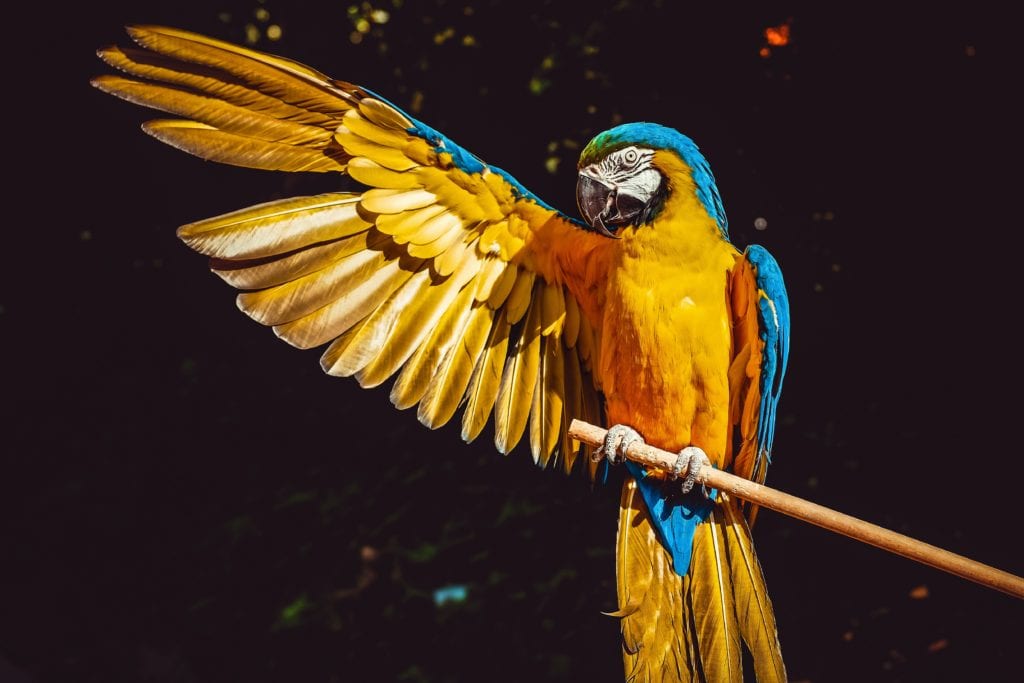Whether you’re considering importing livestock for resale, exporting Canadian dog breeds to the US, or simply bringing your pet with you when you move across the border, there are several policies you should be aware of when importing or exporting live animals.
Each country has different requirements, and each type of animal goes through a different process. Be sure to read them carefully so your beloved pets or commercial animals get through without a hitch.
When importing live animals to Canada, be aware that the below restrictions apply to animals intending to stay permanently, animals coming to Canada for a short visit, animals in transit through Canada, and in some cases, animals returning to Canada from abroad.
When importing live animals to the US, you’ll need to check the requirements of the state you are traveling to because each state has different regulations.
Importing and Exporting Dogs
If you’re importing your pet dog to Canada from the US, you will need to provide a rabies vaccination certificate unless your dog is less than three months old. In that case, you may need to show proof of its age. When importing pet dogs to Canada from other countries, check whether your country is on Canada’s rabies-free countries list to determine whether or not a rabies vaccination certificate is needed.
Importing dogs to Canada for commercial purposes involves other requirements. Commercial purposes include:
- Retail sale
- Adoption (including rescue dogs)
- Breeding purposes
- Show or exhibition (unless the dog is temporarily visiting Canada from the US for a competition, in which case you’ll need to show proof)
- Scientific research
Commercial dogs need to have a rabies vaccination certificate, a veterinary certificate of health, an import permit, and a microchip. The veterinary certificate of health must show the dog is in good condition and has had all necessary vaccines, including distemper, hepatitis, parvovirus, and parainfluenza virus. You need to apply for the import permit at least 30 days before the dog is imported.
It’s important to note that certain breeds are banned in Ontario and Winnipeg: American Pit Bull Terrier, American Staffordshire Terrier, and Staffordshire Bull Terrier.
If you’re importing your pet dog into the US, you may need to provide a rabies vaccination certificate depending on which country your dog is coming from. If your dog is from a low-risk or no-risk rabies country, then you’ll need to show proof that your dog has lived there for at least six months or from birth. Canada is considered a no-risk rabies country by the US. Don’t forget to check the additional requirements that vary by state.
Commercial dogs being imported into the US have roughly the same requirements as those being imported to Canada: a rabies vaccination certificate, a health certificate, and an import permit.
Importing and Exporting Cats
When importing your pet cat from the US to Canada, you must provide a rabies vaccination certificate because the US is not considered rabies-free by Canada. If your cat is being imported from a rabies-free country, you’ll need to show a veterinary certificate that proves the cat has been living in that country since birth or for at least six months. Cats younger than three months are exempt from all import requirements.
Importing cats to Canada for commercial purposes involves additional steps such as obtaining import permits.
If you’re bringing your pet cat to the US, you’re not subject to any federal regulations aside from the possibility of inspection upon arrival. Check your destination state to see if any vaccinations or quarantines are required.
Importing and Exporting Other Pets
The requirements vary significantly when importing other pets into Canada. Some animals need an import permit, such as turtles and tortoises, certain aquatic animals, prairie dogs and squirrels, African rodents, rabbits, and birds (when coming from a country that’s not the US). Pet foxes, skunks, raccoons, and primates are not permitted to enter Canada. Other pets such as snakes, frogs, scorpions, spiders, and some aquatic animals do not need to have an import permit.
Importing pets into the United States is slightly less regulated. There aren’t stringent import restrictions on snakes, lizards, turtles (maximum of six turtles allowed for personal use), fish, horses, and small mammals. Importing bats requires obtaining permits from both the CDC and the US Fish and Wildlife Service. It is prohibited to import African rodents, civets, and primates into the US.
Click here to find out how to import horses from the US to Canada.
Importing and Exporting Livestock
Canada has numerous requirements for importing livestock. Regardless of whether or not the imported animal is a domestic pet, these requirements must be met because of the risk of disease that applies to all livestock.
The livestock category includes cattle, poultry, sheep, goats, and swine. Check the Canadian Food Inspection Agency’s import conditions for each specific animal. Canada also uses the Livestock Identification and Traceability Program to regulate the location and identity of imported and exported livestock. Requirements are typically stricter when importing from countries that are not the US.
The US also has complex requirements for importing livestock. The USDA Animal and Plant Health Inspection Service is responsible for enforcing import regulations. Importing livestock to the US usually requires an import permit, a health certificate, and brands or official ear tags.
In both Canada and the US, imported livestock that are designated for immediate slaughter may be exempt from some of these requirements.
Thinking about importing or exporting a live animal to Canada or the US? BorderBuddy is ready to assist you with all the details. Whether you’re transporting a personal pet or starting an animal import-export business, we have the experience necessary to make it a smooth transition. Give us a call today.
